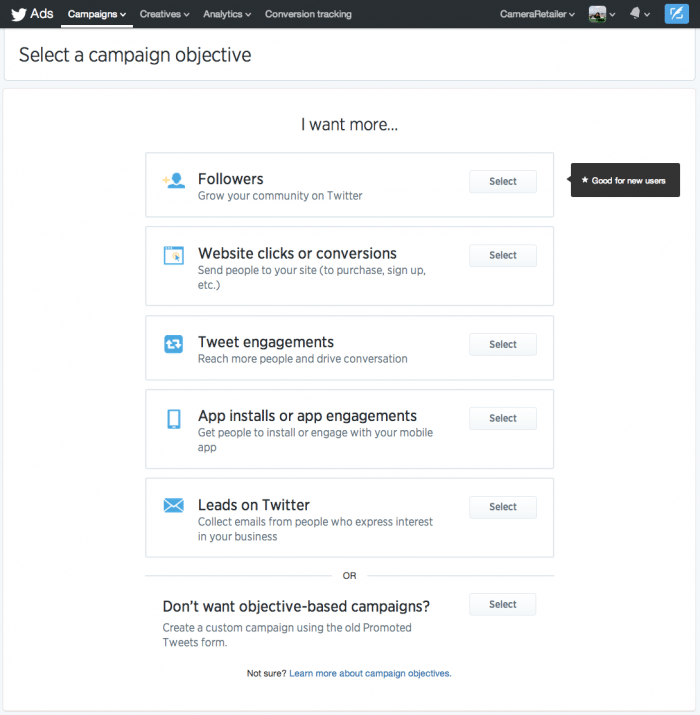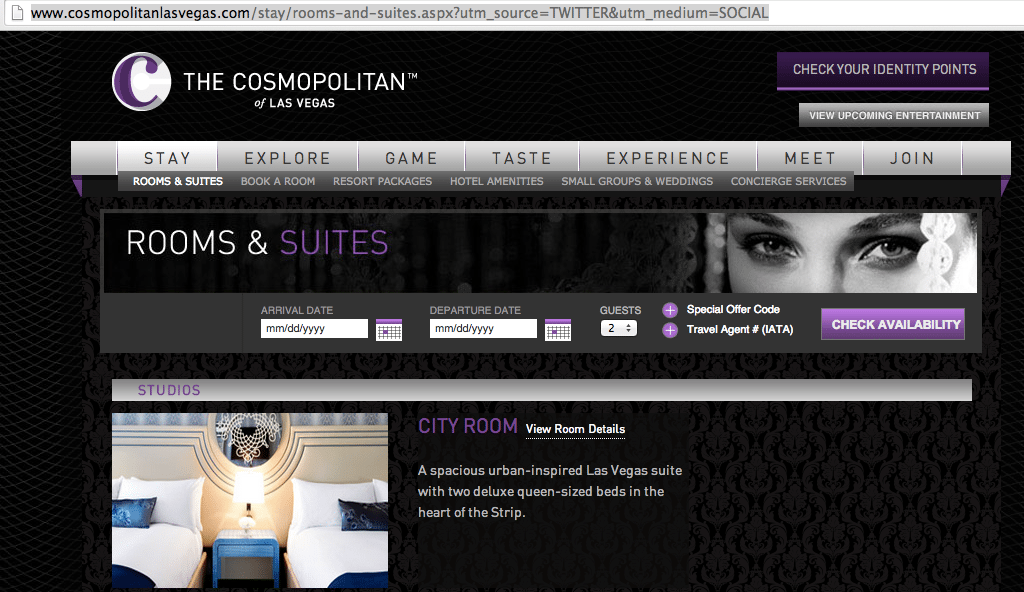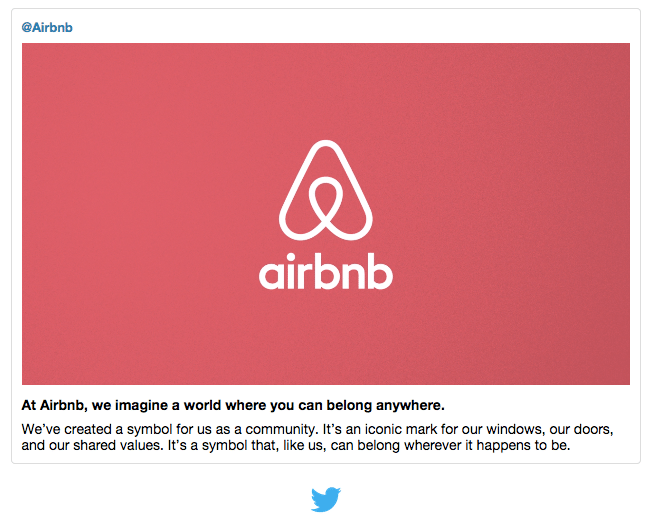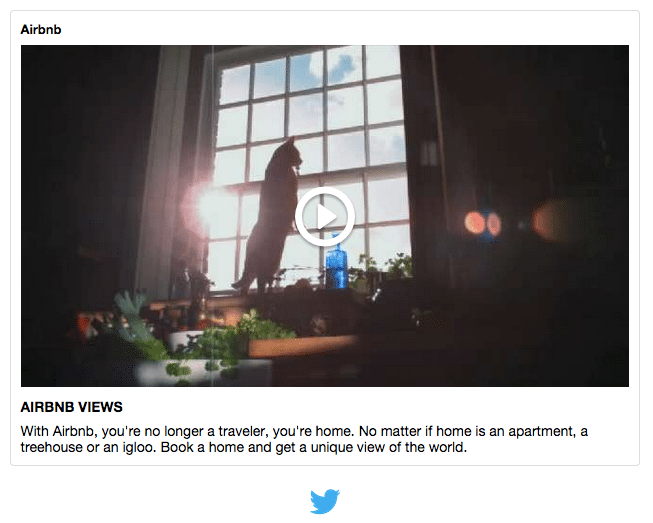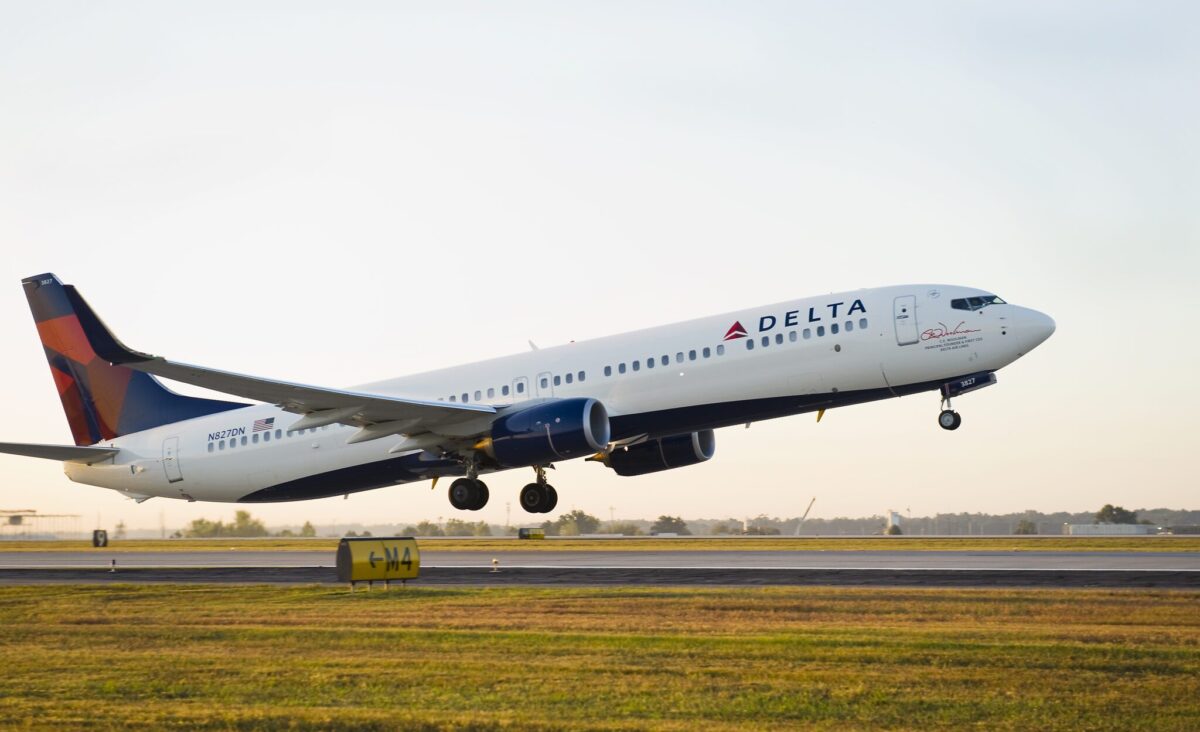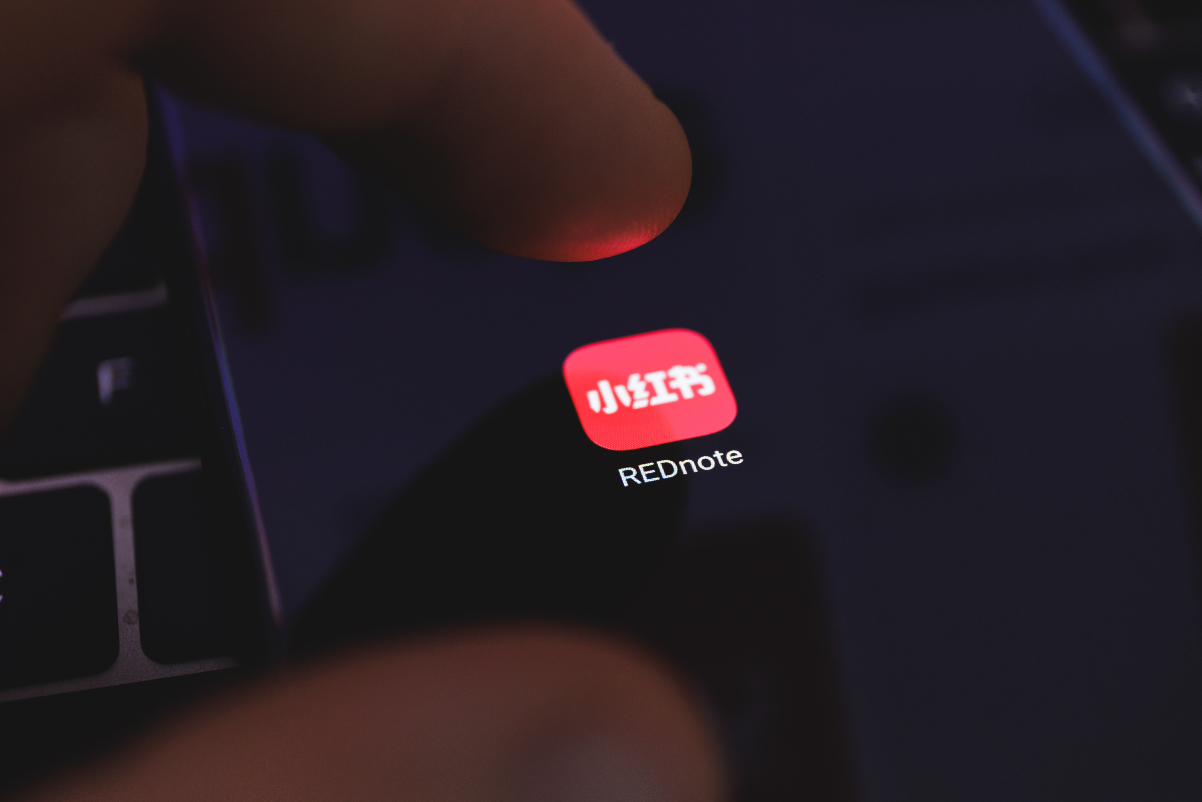Airbnb and Vegas' Cosmopolitan Hotel Use Twitter's Promoted Videos
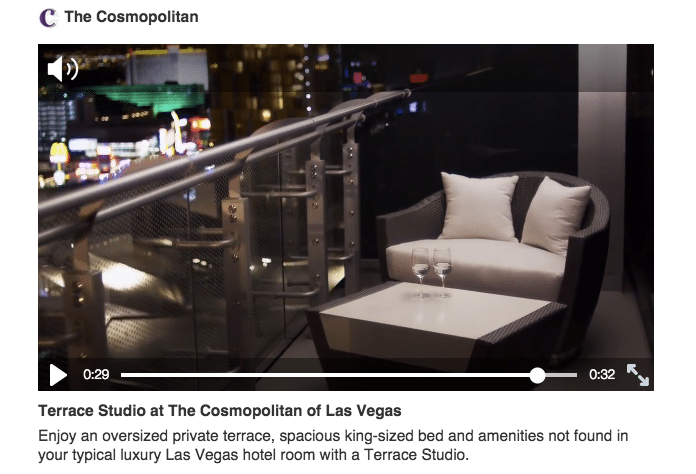
Skift Take
Airbnb and Las Vegas' Cosmopolitan Hotel -- two of social media's more successful hospitality brands -- dove into native social video within weeks of Twitter's Promoted Video launch in August.
Promoted Video is Twitter's latest attempt to find an advertising model that works for both brands and users. It encourages brands to post videos natively to Twitter's platform to reach new customers, and enables its advertisers to glean insights on the viewing behavior and demographics of its on-platform audience.
Two brands from opposite sides of hospitality -- one from hotels and the other from the sharing economy -- have different considerations and approaches in utilizing this advertising solution.
"We’ve definitely seen more of an interest in video lately, and the resort’s award-winning commercials drive a lot of online conversations, so it was a logical next step," said Alison Zarrella, Head of Social Media, Rally Point Solutions, LLC, the digital marketing agency for The Cosmopolitan of Las Vegas.
The ability to zero in on goals and address users by their tendencies are advantages. In effect, this makes it easier to track activity on promoted content for returns on investment. "It’s amazing to be so specific and be able to really align our effort with business strategies. We can target people by interests and by brands that they follow," said Jasmine Maleknia, Social Media Manager at Airbnb in a phone interview.
The new interface allows them to focus their marketing effort on increasing customer acquisitions, online visits and clicks, conversations, installations, and emails at the onset of creating the campaign. Both brands are still observing how they can best leverage insights from video view analysis to further content strategy.
Sales-Driven Approach
Although sales are the driving force behind spending advertising dollars, both brands are at the awareness phase and tinkering with closing the loop between social media engagement and revenue generation. "We’ve been primarily using Video Cards for awareness and branding and have seen twice the clicks on links that were included with a video as opposed to just a text-based post with a link. Due to these better click-through-rates, we are now starting to experiment with more direct revenue-driving content for The Cosmopolitan,” explained Zarrella.
Positioning the video content with appropriate messaging and a call-to-action can lead to higher click-throughs. The "Book now & save" copy, a trackable link to the booking page, and a video tour of the room and amenities invites all contribute to a more interactive ad experience across devices in comparison with a banner ad or a television spot.
Planning a Las Vegas visit? Experience our Terrace Studio before you arrive. Book now & save: http://t.co/s5jPeQi4ZAhttps://t.co/oM3qk5w6Ya
— The Cosmopolitan (@Cosmopolitan_LV) September 19, 2014
Source: The Cosmopolitan of Las Vegas
Storytelling Approach
Airbnb has a different perspective in that it used Promoted Video to effect a change in sentiment, en masse. Its team expected the backlash on its rebrand. Time was of the essence and the company quickly took advantage of the platform's offering to stem the negative conversation by targeting people with an explainer video about the logo's new manifestation. This move resulted in neutral to positive reactions, e.g., “Oh I get it now." "That makes more sense.”
When asked about mixing advertising and editorial on its Twitter timeline, Maleknia responded, "I don’t think of it as ads. They are good pieces of content that are targeted to people who actually enjoy it." Her team is mindful of crafting the context for each audience via supporting copy, although it may be the same video piece, e.g. "Airbnb Views." Promoted Video allows Airbnb's audience to "digest the video as most natural way as possible," stated Maleknia.
In comparing the video analytics capabilities of YouTube and Twitter, both brands found the information and engagement figures more robust. YouTube offers the same type of targeting and CPV (cost-per-view) model. The main difference is that on YouTube, the video ad was designed to be viewed in its entirety but not shared amongst the user's community.
